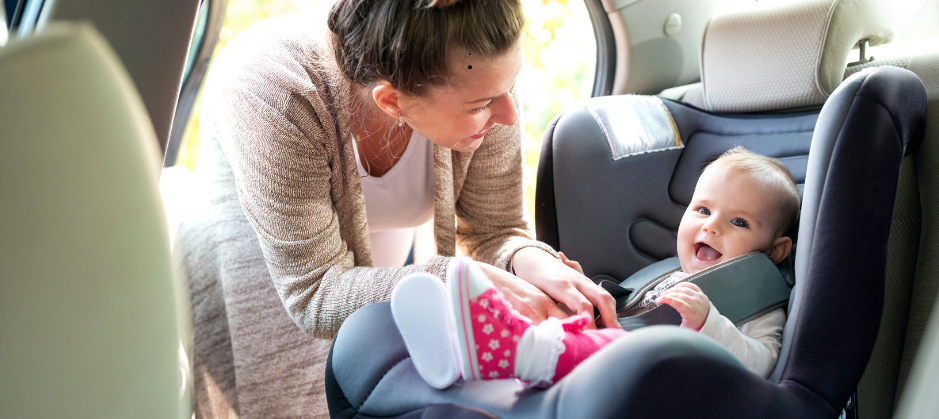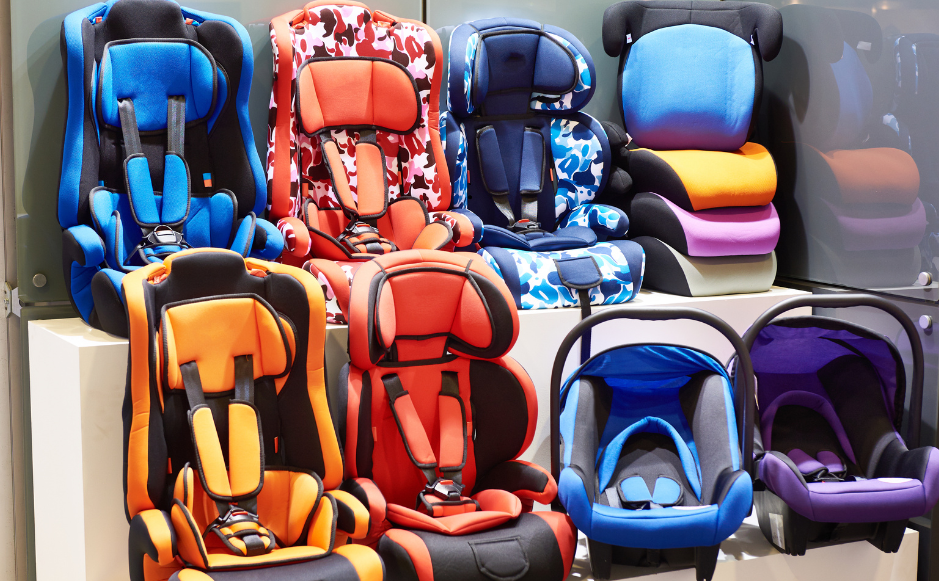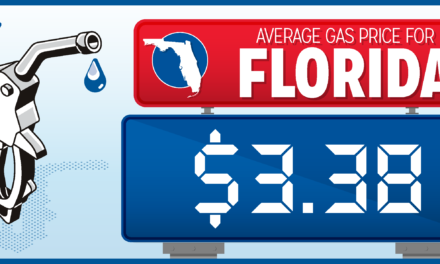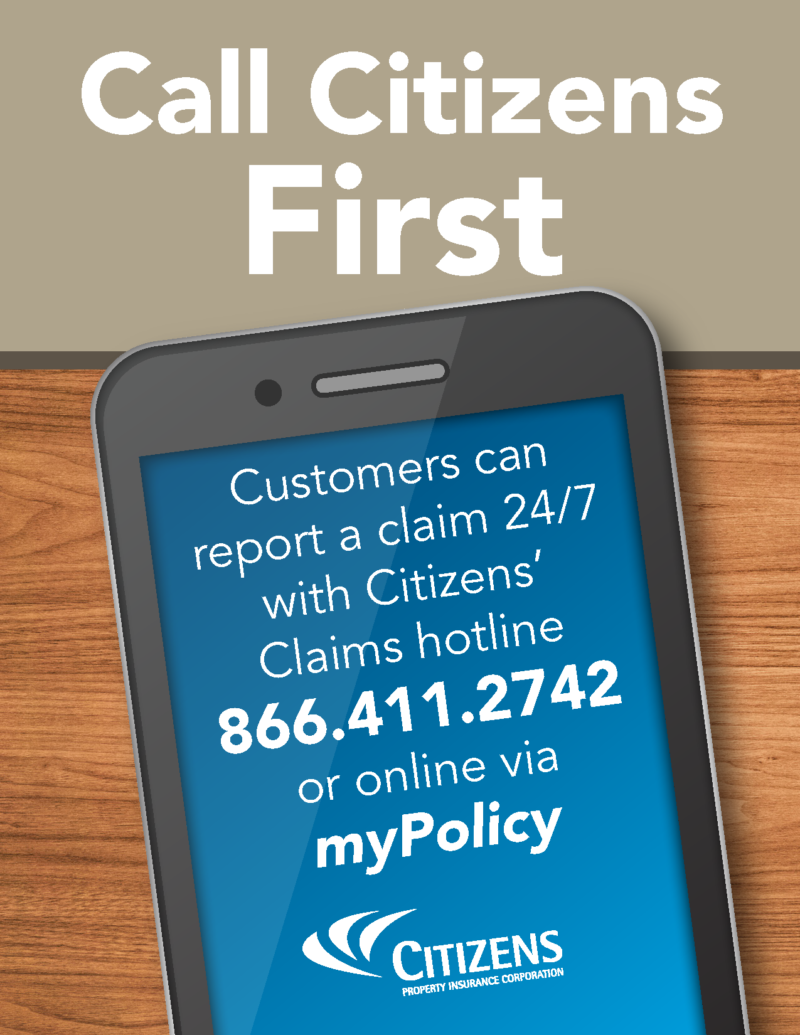
Ensure Proper Child Car Seat Safety
Baby on Board, But Is Baby Properly Buckled?
Research shows parents transition their child’s seat too soon
TAMPA, FL — During National Child Passenger Safety Week (Sept. 15-21), AAA and the National Safety Council (NSC) are releasing a safety alert for parents.
A new AAA analysis of five years of government crash data reveals a concerning trend: child seat and booster use declines after a child turns three, despite the continued need for these safety devices. In Florida, 25.3% of parents and caregivers transitioned their children to a booster seat too soon and 93.5% transitioned to an adult seatbelt too soon. This is alarming, as over four million children aged 11 and under were involved in car crashes, from 2018 to 2022, resulting in 547,000 injuries and nearly 3,000 fatalities.
“We know parents and caregivers go to great lengths to protect their children,” said Mark Jenkins, spokesman for AAA – The Auto Club Group. “Yet, even with the best intentions, parents may unknowingly endanger their children by putting them in the wrong seat or not securing them properly. Since safety recommendations can vary as your child grows, AAA urges parents to take a moment to understand what type of child restraint to use and when.”
According to the National Digital Car Seat Check Form (NDCF) database, of the car seats inspected in 2023, 74% were not used properly or incorrectly installed. The three most common misuses were:
- Car seat installation is too loose.
- Not using the tether when installing a forward-facing car seat with either the lower anchors or seat belt.
- The harness is too loose when securing a child in a car seat.
When used correctly, car seats, booster seats, and seat belts protect young passengers. According to the U.S. Department of Transportation, child restraints reduce fatalities by 71% for infants younger than one and by 54% for children 1 to 4 years old in passenger cars.
Child Seat Advice
- Find the right car seat. Types of seats vary based on their age, weight and height. Click here
- Install your car seat correctly. Review instructions and video tutorials.
- Get your car seat inspected. Click here to find a car seat inspection provider near you.
- Ensure safety belts fit properly every time. The placement of the safety harness or seat belt can be critical.
- Register your car seat. Sign up for recall notices to receive safety updates.
“Parents are often eager to turn their young children forward-facing in their car seats too soon,” Jenkins said. “However, due to their underdeveloped bodies, young children below the age of two who ride forward-facing are at a greater risk of head, neck and spinal cord injuries if involved in a collision.”
Which seat should I use?
If you’re not sure when to move your child to the next type of car seat, look to these stages:
- Rear-facing safety seat: Children should stay rear-facing as long as possible, up to the limits of the car safety seat. This includes almost all children under 2.
- Forward-facing safety seat, with harness: Many seats can take children up to 60 pounds or more. When they are ready and exceed the seat’s limits, move to a belt-positioning booster seat.
- Belt-positioning booster seat: Use until the vehicle’s lap and shoulder seat belts fit properly—generally when children are at least 4 feet, 9 inches tall (usually 8 to 12 years old).
- Front seat versus back seat: All children younger than 13 should be restrained in the rear seats. Young children riding in the front seat can be injured or even killed if an air bag opens.
Florida Law on Child Seats
Florida’s law on this subject does not reflect best practices. Currently, children riding in motor vehicles are required to be in a safety seat until their 6th birthday. However, AAA feels that law is not strong enough and recommends that children use a safety seat until they are at least 4’9” tall and pass the “Seat Belt Fit Test”.
When is Your Child is Ready for an Adult Seat Belt?
“Seat belts are designed for adults, not children,” Jenkins said. “A seat belt that does not fit correctly, could cause injury in the event of a crash.”
Seat belts are about height not age. Check the following before moving your child to an adult seat belt:
- Your child’s knees bend at the edge of the seat when the back and bottom are against the vehicle seat back. Feet should touch the floor for comfort and stability.
- The vehicle lap belt fits snugly across the hips or upper thighs.
- The shoulder belt fits across the shoulder and chest, NOT across the face or neck.
If your child does not meet all three of these conditions, they should continue using a car seat or booster seat until they get taller.
Additional Data
According to AAA’s analysis, the latest government data reflects a need for parents to ensure they use the correct child restraint system for each growth phase.
- Every child deserves protection. Nearly 4 in 10 (37%) children aged 7-11 killed in a car crash were completely unrestrained. For the youngest children, aged 0-3, 1 in 4 (26%) who were killed were unrestrained. Parents and caregivers are good at getting expert help when children are less than one year old or before birth, but they do not always come back for adjustments as the child ages. According to the NDCF, Child Passenger Safety Technicians inspect about five times the number of rear-facing car seats compared to forward-facing car seats, and 83.5% of those were not used correctly.
- It’s about height, not age. Children are often transitioned out of the appropriate car seats before it is safe. According to the NDCF, 24.9% of children move to booster seats too soon, and 93.6% transition to a seat belt too soon. Many parents may not know that seat belt fit is more about their child’s height than age. Based on their size, some children older than ten years old may benefit from using a booster seat. Most booster seats accommodate children up to a height of 57 inches.
- Find child passenger safety resources by state, including how to get a car seat checked, occupant protection laws, and answers to car seat questions. Click here to learn more.
- Check online virtually. Without local resources, a child’s car seat can be checked virtually through an online meeting with National Safety Council staff. Click here to learn more.
“AAA is dedicated to ensuring children are safe while traveling in a car,” continued Jenkins. “ACG is proud to partner with Safe Kids Worldwide to educate families and provide safety devices, car and booster seats, and bike helmets, to communities that may have not had access to these resources.”
About AAA – The Auto Club Group
The Auto Club Group (ACG) is the second largest AAA club in North America with more than 13 million members across 14 U.S. states and two U.S. territories. ACG and its affiliates provide members with roadside assistance, insurance products, banking and financial services, travel offerings and more. ACG belongs to the national AAA federation with more than 64 million members in the United States and Canada. AAA’s mission is to protect and advance freedom of mobility and improve traffic safety. For more information, get the AAA Mobile app, visit AAA.com, and follow on Facebook, Twitter and LinkedIn.
Angela Small
Radio Production Assistant



















